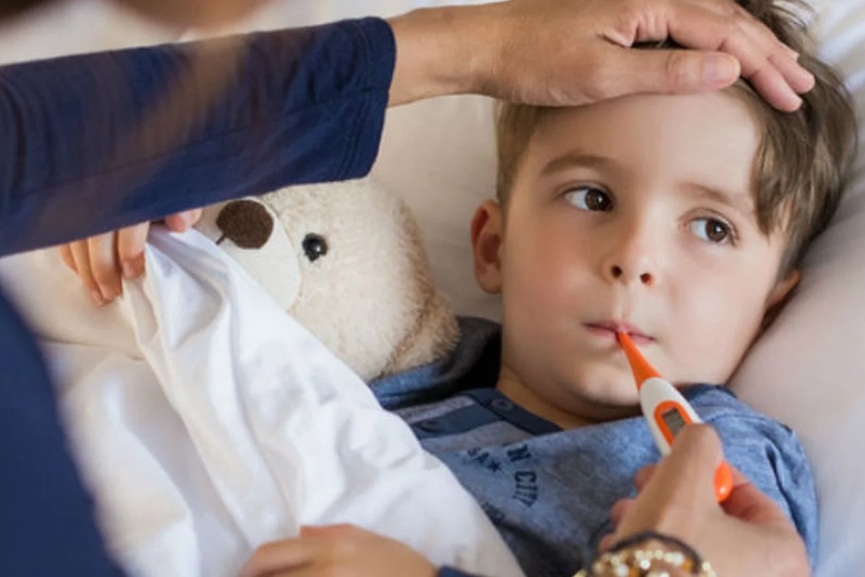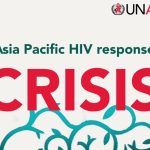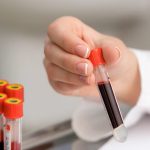Washington, D.C: The United States is witnessing a concerning rise in cases of hand, foot, and mouth disease (HFMD), a highly contagious viral illness traditionally associated with young children but now increasingly affecting adults with more severe symptoms, according to public health officials.
While HFMD typically causes mild illness, including fever, sore throat, and painful blistering rashes on the hands, feet, and inside the mouth, health experts are warning of an uptick in both cases and severity.
The Centers for Disease Control and Prevention (CDC) notes that while HFMD primarily affects children under the age of five, people of all ages can contract the virus.
Earlier this year, in March, the Pan American Health Organization (PAHO) issued a region-wide health alert urging member states to reinforce surveillance, prevention, and control measures against HFMD, especially among children who are particularly vulnerable to complications involving the central nervous system.
The Virgin Islands Department of Health recently reported 189 confirmed HFMD cases in St. Thomas, including one possible fatality involving a toddler, raising alarms. In Virginia, the Fairfax County Health District also recorded six HFMD outbreaks earlier this year, prompting local alerts.

Dr. Marc Siegel, a clinical professor of medicine, said that a particular strain, Type A6, is becoming more prevalent and is causing more severe symptoms in both children and adults.
“We’re seeing worsening rashes, more widespread blistering, and even nail loss in some adult cases. The virus spreads easily through respiratory droplets, blister fluids, shared utensils, or diaper changes—making it highly contagious, especially in group settings,” Dr. Siegel said.
According to experts, most individuals recover from HFMD within 7 to 10 days without the need for medical intervention. However, healthcare providers recommend rest, hydration, and isolation to avoid spreading the illness.
There is no specific treatment or vaccine for HFMD, making prevention key. Handwashing, sanitizing shared surfaces, and avoiding close contact with infected individuals remain the most effective ways to limit transmission.
With case numbers on the rise and health authorities urging caution, public health experts continue to monitor the situation closely as summer progresses.

























